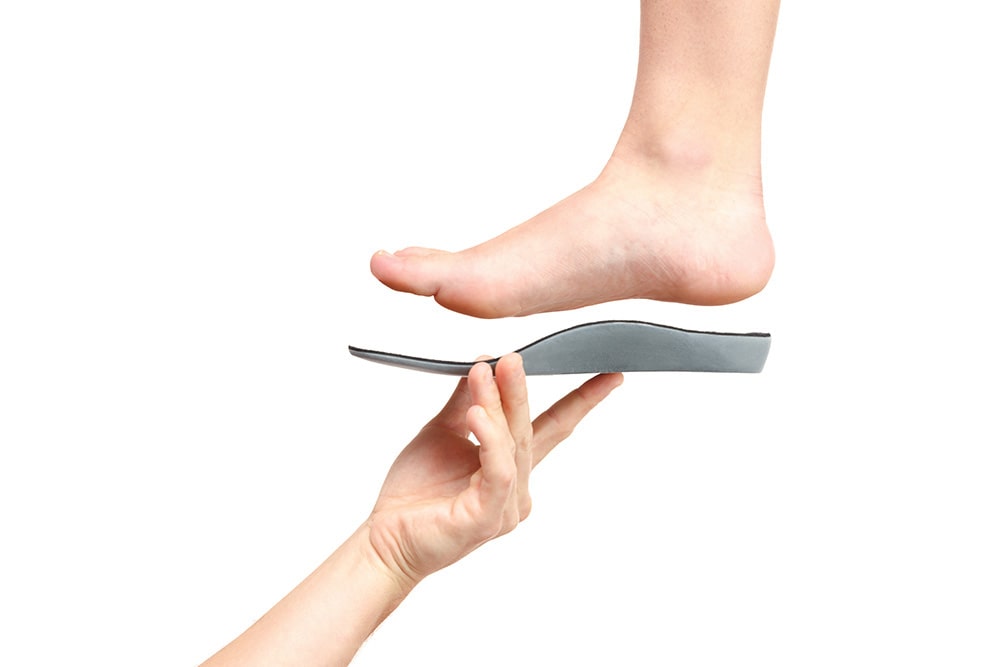Cracked heels, also called heel fissures, are more than just a cosmetic nuisance — they can cause pain, discomfort, and serious complications if ignored. At Greater Texas Foot & Ankle Specialist, Dr. Dean Kim and his team regularly treat patients with cracked heels. The good news is that most cases can be fully addressed with proper care and guidance.
What Are Cracked Heels?
Cracked heels (heel fissures) occur when the skin surrounding your heel becomes excessively dry, thick, and loses its elasticity. Under pressure from standing or walking, this brittle skin splits, forming fissures.
Over time, these fissures may deepen and cause pain, bleeding, or even infection if not properly managed.
What Causes Cracked Heels?
There are multiple contributing factors behind cracked heels:
- Dry skin from cold weather, dehydration, or skin disorders like eczema or psoriasis
- Prolonged periods of standing, especially on hard surfaces
- Wearing open-back shoes or sandals that allow the heel fat pad to expand outward
- Excess body weight, which increases pressure on the heel area
- Lack of adequate moisturization or neglecting regular foot care
- Underlying medical conditions such as diabetes, hypothyroidism, or autoimmune disease, which impair circulation and skin quality
When these factors combine, the skin is unable to adapt to stress and fissures begin to form.
Are Cracked Heels Dangerous?
Minor cracked heels may only feel rough or dry, but deeper fissures can become painful or bleed. Without treatment, they may allow bacteria to enter, leading to infection — a particular concern for people with diabetes or weakened immune systems.
If you notice redness, swelling, discharge, or worsening pain around your heels, it’s important to see a podiatrist for a full evaluation and treatment.
How to Treat Cracked Heels: 7 Proven Steps
Below are 7 proven treatments to help heal cracked heels and restore healthy skin:
1. Moisturize Daily with Rich Emollients
A consistent regimen of thick moisturizers or heel balms is foundational. Products with urea, shea butter, or salicylic acid can hydrate, soften, and mildly exfoliate. Clinical studies support the effectiveness of urea-based treatments in xerosis and cracked skin.
2. Exfoliate Gently
After softening the skin (for example, after soaking), use a pumice stone or foot file to gently remove dead skin layers. Always exfoliate on slightly damp skin to avoid causing tears. This helps moisturizers penetrate more effectively.
3. Use Supportive Footwear
Avoid backless shoes, sandals, or barefoot walking. Choose closed-back shoes with good heel support and cushioning to reduce sideways expansion of the heel pad.
4. Employ Silicone Heel Cups or Inserts
Silicone heel cups help stabilize the heel and reduce expansion of the cracked skin wall. They lock in moisture, reduce shear, and provide cushioning.
5. Hydrate Internally & Eat Skin-Healthy Nutrients
Drink plenty of water and maintain a balanced diet rich in vitamin E, omega-3 fatty acids, and zinc — all of which support skin health and regeneration.
6. Professional Debridement by a Podiatrist
If your cracked heels are thick, deep, or unresponsive to home care, Dr. Dean Kim may perform mechanical debridement — removing hard, callused tissue using a scalpel or sander.
This process generally takes from 30 minutes to two hours, depending on severity.
7. Prescription Treatments & Custom Orthotics
In persistent cases, prescription-strength moisturizers or keratolytic agents may be used. In addition, if misalignment or abnormal foot mechanics contribute to heel pressure, custom orthotics may be recommended to offload stress from the heel area.
Can Cracked Heels Be Prevented?
Yes. Prevention is key to avoiding recurrence. Follow these strategies:
- Moisturize your feet daily, especially after washing
- Avoid harsh soaps or cleansers that strip moisture
- Wear breathable socks made of cotton or appropriate fabrics
- Use closed, supportive shoes with heel structure
- Watch for early signs of dryness, callus formation, or cracking
- Avoid prolonged standing on hard surfaces when possible
By taking early action, you can often prevent cracked heels from developing into painful fissures.
When to Consult a Specialist
Seek a podiatrist if your cracked heels:
- Are deep or bleeding
- Show signs of infection (redness, swelling, discharge)
- Don’t improve after consistent home care
- Recur frequently despite good habits
At Greater Texas Foot & Ankle Specialist, Dr. Dean Kim provides tailored treatment plans. He evaluates your foot mechanics, assesses any medical causes, and offers treatments ranging from debridement to orthotics.


